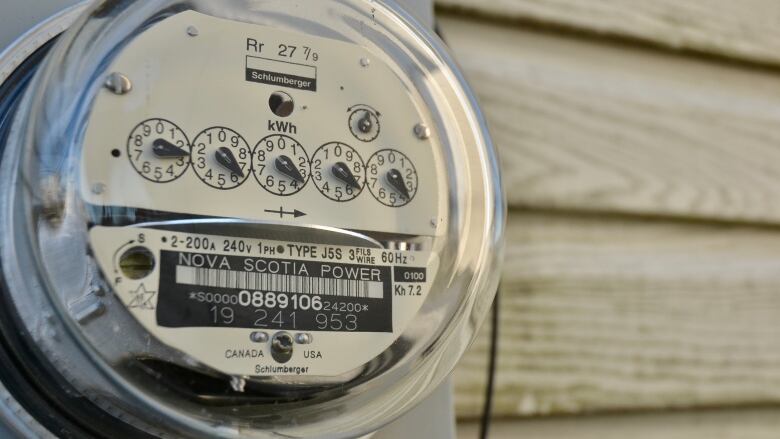Emera argues shareholders should be insulated from Maritime Link delays
N.S. Utility and Review Board hears arguments from energy company on recovering costs from ratepayers

The Nova Scotia Utility and Review Board has wrapped public hearings pitting the interests of Nova Scotia Power customers squarely against shareholders ofthe utility'sparent company,Emera.
Regulators are grappling with whether they can reduce a guaranteed rate of return for Emera without finding it acted imprudently.
The specially created Emera subsidiary, NSPMaritime Link, is seeking to recover costs fromratepayers for the $1.5-billion Maritime Link transmission system, which will carry electricity across Newfoundland and via subsea cable into Nova Scotia.
The Maritime Link will be ready to receive electricity at the end of 2017, on time and on budget. But construction delays at Muskrat Falls inLabrador by Nalcor mean the electricity for which the Maritime Link is being built won't flow until 2020.
Consultants for the utility and reviewboard sayNova Scotia Power customers should not have to pay Emera a guaranteed nineper cent return on equity in 2018 and 2019 when the Maritime Link is not meeting the approved terms.
Customers not getting what was promised
"The fundamental deal is a power deal and ratepayers are not getting the power they were promised," saidboard consultant Pelino Colaiacovo, managing director of Morrison Park Advisors.
Colaiacovo and other participants urged regulators to reduce that rate of return so Emera pays a portion of the delay.
Emera argued Tuesday thatNova Scotia Power would be damaged in financial markets if regulators revisit a return on equity approved in 2013.
Colaiacovo downplayed the risk.
"We find it hard to believe that is going to cause a significant reaction on Nova Scotia Power Inc.'s access to capital for a normal, regulated, day-to-day utility business," he said.
Why the case is complicated
Colaiacovo acknowledged the Maritime Link is a complicated financial transaction.
To meet the terms of a federal loan guarantee, he saidit must produce a cash flow from Nova Scotia Power ratepayers of $80 million a year in 2018 and 2019.
When loan repayments start in 2020, that jumps to $110 million and close to $140 million in 2021.
To address concerns, on the eve of hearings, Emera offered to delay collecting$51 million per year in depreciation in 2018 and 2019, with the savings credited to power customer bills.
Colaiacovo proposed putting any reduction in the return on equity in a variance account which Nova Scotia Power could earn back on future projects.
Emera responds to 'boondoogle'
The hearings also produced revelations on the relations between Emera and its partner Nalcor.
NSP Maritime Link chief executive Rick Janega waspressed by regulators for a response to Nalcor president Stan Marshall's dismal assessment of the Muskrat Falls project in June 2016.
"Mr. Marshall called it a 'boondoggle,'" said board chair Peter Gurnham. "Was he wrong?"
"I don't believe it's a boondoggle. I hate to use the term because it's a large and complex project," Janega responded.
Janega also said Emera was unhappy whenMarshall's predecessor at Nalcor,Ed Martin, did not formally notify Emera of potential delays.
"I do state I was disappointed with the meansby which we received that information. We expressed that to them in a CEO-to-CEOmeeting," saidJanega.
NSP Maritime Link would not provide any information about the meeting.
The Nova Scotia Utility and Review Boardsaidfinal arguments will be made next month.












_(720p).jpg)


 OFFICIAL HD MUSIC VIDEO.jpg)
.jpg)



























































































